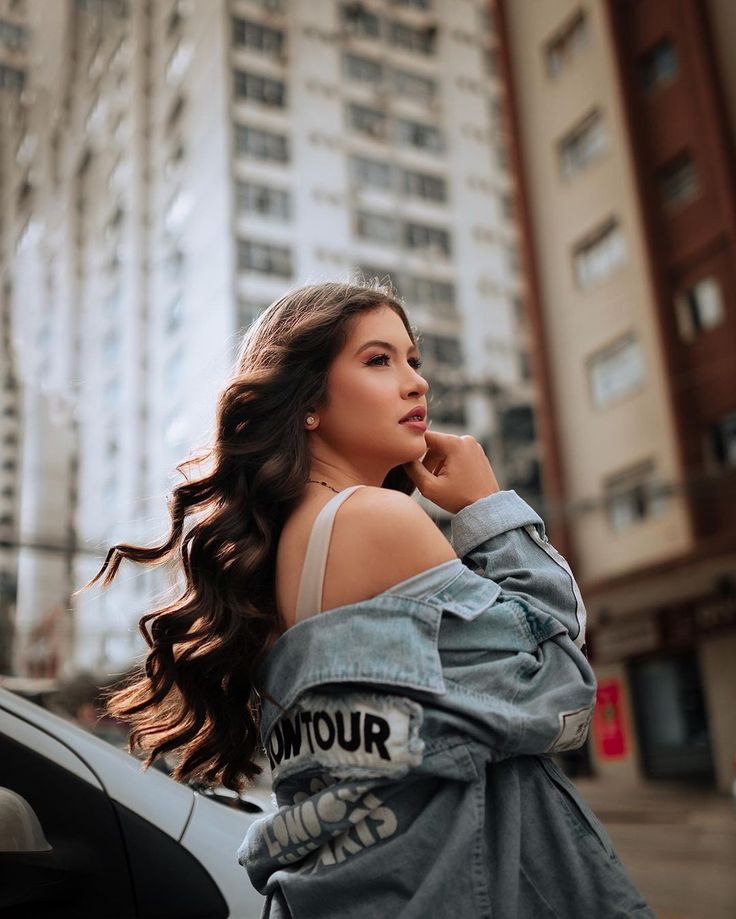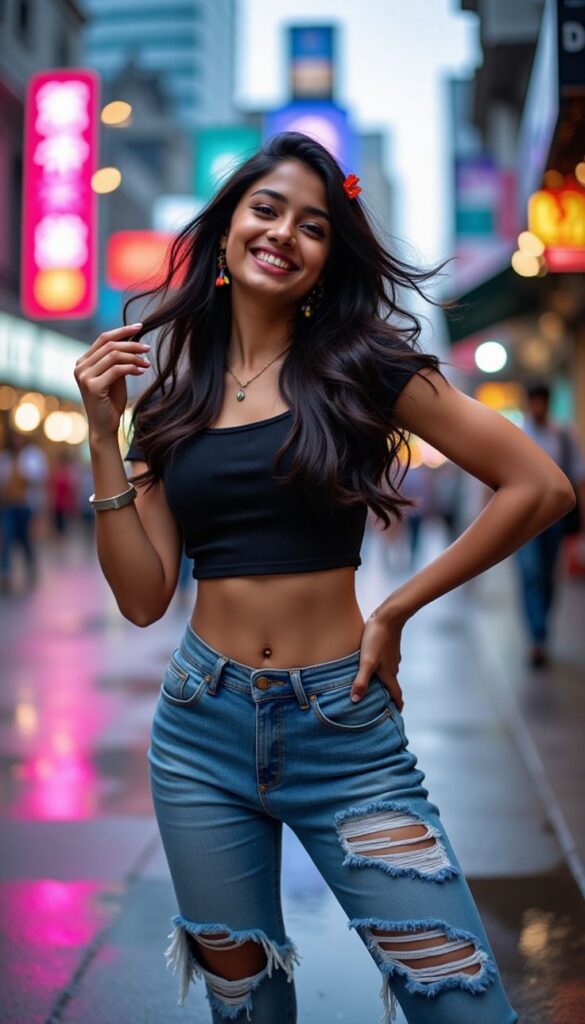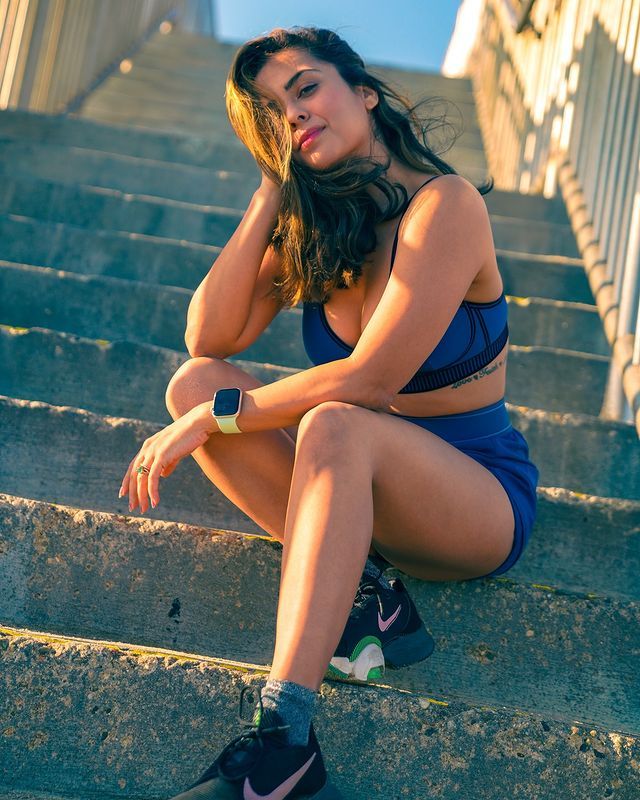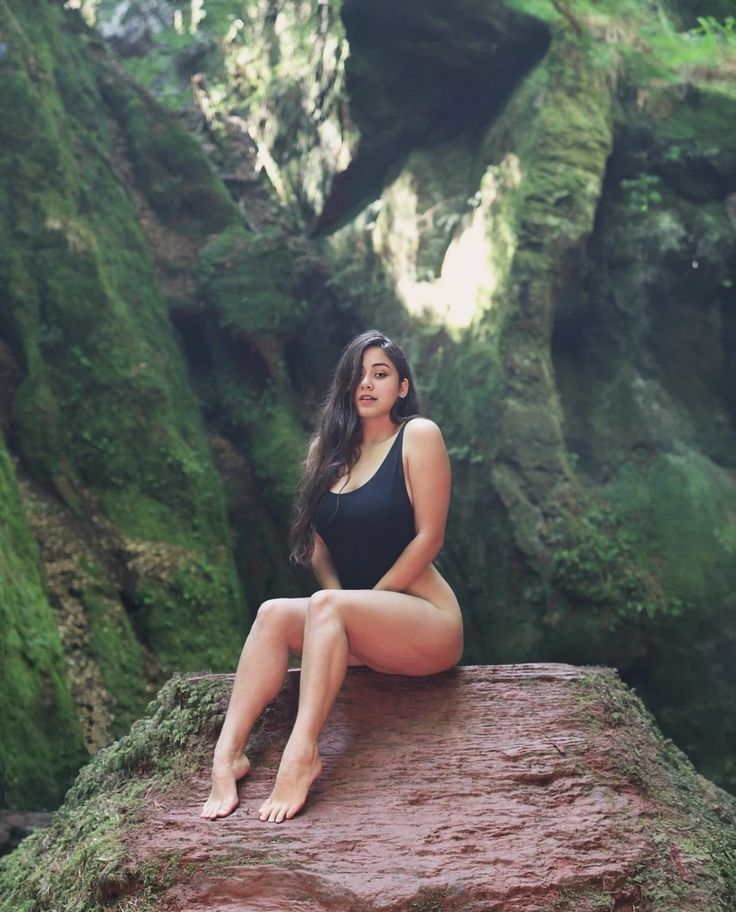Why Depth of Field Matters in Lifestyle Photography
Lifestyle photography is all about telling stories through natural, candid moments that reflect the subject’s essence and environment. Whether you’re capturing a family picnic, a street musician, or a quiet moment of reflection, depth of field (DOF) plays a pivotal role in directing attention and enhancing storytelling.
This blog will explore how mastering depth of field can elevate your lifestyle photography to new heights. With practical tips, detailed explanations, and real-world examples, you’ll learn how to create visually compelling images that resonate emotionally with your audience.
Target Keyword: Lifestyle Photography
1. Understanding Depth of Field in Lifestyle Photography
1.1 What Is Depth of Field?
Depth of field refers to the range of an image that appears acceptably sharp. It’s influenced by factors like aperture, focal length, and subject distance. In lifestyle photography, DOF determines which elements are in focus, guiding viewers’ attention.
1.2 Types of Depth of Field
- Shallow Depth of Field: Achieved with a wide aperture (e.g., f/1.8), it isolates the subject by blurring the background.
- Deep Depth of Field: Achieved with a narrow aperture (e.g., f/16), it keeps more of the scene in focus.
1.3 Why Depth of Field Is Crucial in Lifestyle Photography
- Adds visual interest and emotion.
- Helps emphasize key elements in the story.
- Enhances the overall composition of the image.
2. Factors Influencing Depth of Field
2.1 Aperture Settings
- A wider aperture (smaller f-number) results in a shallow DOF, perfect for isolating subjects.
- A narrower aperture (larger f-number) creates a deeper DOF, ideal for scenes with multiple focal points.
2.2 Focal Length
- Telephoto lenses (e.g., 85mm or 135mm) compress the background and reduce DOF.
- Wide-angle lenses (e.g., 24mm) naturally increase DOF, keeping more elements sharp.
2.3 Distance Between Subject and Background
- The closer the subject is to the camera and farther from the background, the shallower the DOF.
2.4 Sensor Size
- Larger sensors (like full-frame) produce a shallower DOF compared to smaller sensors (like APS-C or micro four-thirds).
3. Mastering Depth of Field for Different Lifestyle Photography Scenarios
3.1 Portraits in Lifestyle Photography
- Use a shallow DOF to blur distractions and emphasize the subject’s expression.
- Focus on the eyes for impactful portraits.
3.2 Environmental Portraits
- Balance DOF to keep the subject in focus while retaining enough background detail to convey context.
3.3 Action Shots
- Opt for a medium DOF to ensure both the subject and some background details are sharp.
- Use a faster shutter speed to freeze motion.
3.4 Family and Group Shots
- Use a deeper DOF to keep all members sharp.
- Position everyone on the same focal plane for consistent focus.
3.5 Street Photography
- Experiment with varying DOF to isolate subjects or capture the bustling environment.
- Use zone focusing for candid shots.








4. Techniques to Master Depth of Field in Lifestyle Photography
4.1 Choosing the Right Aperture
- Experiment with different f-stops to achieve the desired DOF.
- For shallow DOF, use f/1.4 to f/2.8; for deep DOF, use f/8 to f/16.
4.2 Composing with DOF in Mind
- Use leading lines or framing to complement the DOF effect.
- Place your subject strategically within the frame.
4.3 Using Backgrounds Effectively
- A blurred background can add mood without distracting from the subject.
- Keep the background clean and uncluttered for better focus on the subject.
4.4 Leveraging Lens Characteristics
- Invest in prime lenses with wide apertures for better control over DOF.
- Experiment with bokeh effects for artistic appeal.
5. Equipment Essentials for Controlling Depth of Field
5.1 Lenses
- Prime lenses like 50mm or 85mm for shallow DOF.
- Wide-angle lenses for deep DOF and contextual shots.
5.2 Camera Bodies
- Full-frame cameras for greater DOF control.
- Use cameras with manual mode for precise adjustments.
5.3 Tripods and Stabilizers
- Essential for maintaining focus in low light with narrow apertures.
6. Common Challenges and How to Overcome Them
6.1 Struggling with Focus
- Use single-point autofocus for precise focusing.
- Switch to manual focus for challenging scenarios.
6.2 Overexposed or Underexposed Shots
- Balance aperture with ISO and shutter speed.
- Use exposure compensation to fine-tune brightness.
6.3 Achieving Consistent DOF in Dynamic Settings
- Use continuous autofocus for moving subjects.
- Practice panning techniques to keep subjects sharp.
7. Editing Depth of Field in Post-Production
7.1 Enhancing Bokeh
- Use software like Adobe Lightroom or Photoshop to refine background blur.
7.2 Adjusting Focus Points
- Employ selective sharpening to emphasize key elements.
- Use radial filters to draw attention to the subject.
7.3 Maintaining a Natural Look
- Avoid over-editing to keep the image realistic and authentic.
8. Inspiring Examples of Depth of Field in Lifestyle Photography
- Close-Up Portraits: Shallow DOF highlights facial features and blurs the background for an intimate feel.
- Urban Lifestyle: Balancing DOF to keep both the subject and vibrant cityscape visible.
- Family Moments: Using deep DOF to capture the entire group in focus during candid moments.
Conclusion: Elevate Your Lifestyle Photography with Depth of Field
Depth of field is more than just a technical aspect of photography—it’s a storytelling tool that enhances the emotional resonance of your images. By mastering DOF, you can transform ordinary moments into extraordinary visual narratives.
Experiment, practice, and push creative boundaries to find your unique style in lifestyle photography. With these tips and insights, you’re well on your way to capturing moments that truly matter.

Sony Alpha a7 IV: The Ultimate Camera for Photography

Nikon Z5 Review: Is It Worth It?
-

Nikon Z9 : Game-Changer for Photography
-

Top Features of Nikon D850 That Make It Ideal for Portfolio Shoots
Sony Alpha a7 IV: The Ultimate Camera for Photography
Explore the Sony Alpha a7 IV in this complete 2025 review. Learn how its pro-level features, real-world performance, and hybrid flexibility make it the ultimate camera for photography across genres like portraits, weddings, travel, and commercial work. Table of Contents Section 1: Introduction – Why the Sony Alpha a7 IV Stands Out The Sony Alpha…
Nikon Z5 Review: Is It Worth It?
In 2025, photographers—whether hobbyists, content creators, or professionals—seek equipment that blends value, performance, and future-readiness. Enter the Nikon Z5, a full-frame mirrorless camera marketed as a gateway to high-end imaging without a flagship price tag. But how well does it hold up under real-world demands like studio shoots, weddings, landscape adventures, and lifestyle photography? In…
Nikon Z9 : Game-Changer for Photography
Discover why the Nikon Z9 is considered a true game-changer for photography. This in-depth Nikon Z9 review explores key features, real-world performance, and how it excels in professional photo shoots in 2025. Table of Contents 1. Introduction The photography world witnessed a significant shift with the launch of the Nikon Z9, a flagship mirrorless camera…
Top Features of Nikon D850 That Make It Ideal for Portfolio Shoots
Discover why the Nikon D850 is the ultimate DSLR for portfolio shoots. Explore its top features—from resolution and dynamic range to autofocus precision and workflow speed—that help photographers create stunning, high-impact images for professional portfolios. Whether you’re a portrait artist, fashion photographer, or visual storyteller, a portfolio shoot demands technical excellence, creative flexibility, and uncompromised…
Candid Moments with Canon EOS R10: Lightweight & Reliable
In the evolving world of mirrorless photography, the Canon EOS R10 stands out as a lightweight yet powerful camera tailored for real-life storytelling. Whether you’re photographing street scenes, family gatherings, weddings, or spontaneous portraits, capturing genuine emotion requires a responsive and discreet tool. This article dives deep into how the Canon EOS R10 excels in…
Bold Portraits with Canon EOS R5: Is It the Best for Work?
Studio photography has always demanded precision, artistry, and impeccable gear. As the expectations for commercial portraits, fashion campaigns, and editorial work continue to rise, the tools we use must evolve. Enter the Canon EOS R5, a camera that has stirred the professional waters with its impressive technical specs and forward-thinking design. In this comprehensive Canon…

